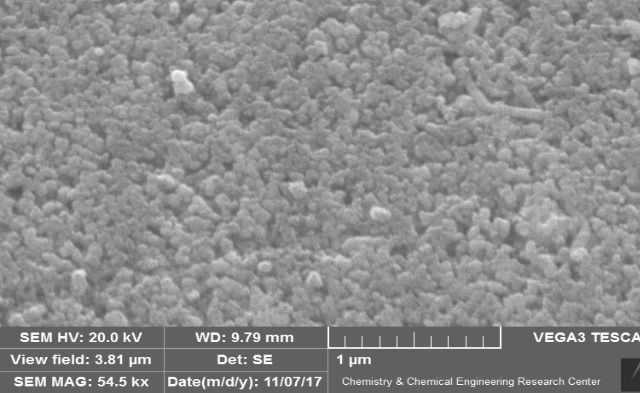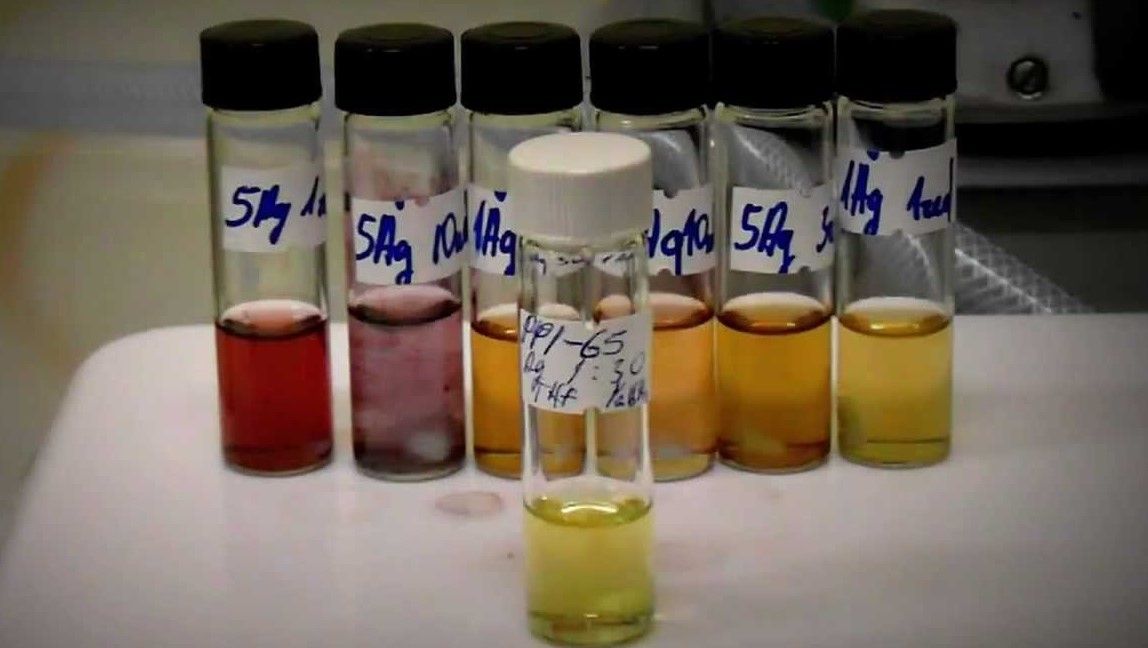A recent review of the effectiveness of silver nanoparticles as a fertilizer feedstock has returned positive results.
The study, published in the journal MOJ Biology and Medicine, was quick to acknowledge that, “Nanotechnology is evolving as an important field of sciences due to its promising role in the agricultural sector.” Specifically noting that, “the development of cost-effective techniques for the synthesis and recovery of silver nanoparticles have agricultural importance.”
Nanoparticles can be prepared in various ways, such as gamma irradiation and chemical reduction, as well as photochemical methods. Biological methods are also popular as they are both environmentally friendly and cost effective, using a technique known as green synthesis. The report describes this approach as synthesizing silver nanoparticles (AgNPs), “… using a reduction of aqueous Ag+ ion by various biological agents including microbes from plant extracts. These reactions take place at ambient temperature (room temperature) and can further be monitored by ultraviolet-visible spectroscopy and its surface morphology studied by electron microscopy and/or scanning electron microscopy.”

In drawing its conclusions, the review drew on multiple sources, including the widely cited 2017 study, ‘Nanotechnology: The New Perspective in Precision Agriculture’, published in the journal Nanotechnology Reports. Here the researchers also acknowledged the potential of metallic raw materials for use in fertilizers in nanoparticle form, stating that, “Biomolecules present in plant extracts reduce metal ions to nanoparticles in a single-step green synthesis process. This process of green synthesis is environment friendly, easy to perform, can be performed at room temperature without the need of sophisticated instrument and can be easily scaled up or modified according to needs.”
The study continues by observing that, “The nanotechnology-based delivery of nanoparticles has given promising results for plant disease resistance, enhanced plant growth and nutrition via site specific delivery of fertilizers and other essential nutrients with the help of controlled release formulations of nanoparticles.”

When discussing the use of silver as a raw material in nanofertilizer the study observes its desirable antimicrobial action against numerous plant pathogens, namely; Bacillus cereus, Escherichia coli, Bacillus subtilis, Streptococcus thermophilus, Corynebacterium sp., Lactobacillus strains (when used in conjunction with TiO2), Klebsiella pneumoniae, Fusarium oxysporium, and Aspergillus fumigatus.
Silver nanoparticles have also been found to be effective when used as a fungicide. As the report notes, “The silver has much higher antifungal activity than that of other metals. This is because silver ions cause the inactivation of cell wall thiol groups of fungal cell wall resulting in disruption of transmembrane, energy metabolism and electron transport chain.”
Recently, researchers have begun drawing their attention to the power of silver as a nanofertilizer.
One such study (pdf) applied silver nanoparticles with diameters of 20 nm on Fenugreek (Trigonella foenum-graecum) seeds, and was able to report very favourable results. Specifically stating that, “Different concentrations of silver nanoparticles (0, 10, 20, 30 and 40 μg mL−1) were used [on the Fenugreek] and results showed that maximum seed germination (76.11%), speed of germination (4.102), root length (76.94 mm), root fresh weight (2.783) and root dry weight (1.204) at a concentration of 10 μg mL−1. These results revealed that application of silver nanoparticles could be used to significantly enhance seed germination potential, mean germination time, seed germination index, seed vigor index, seedling fresh weight and dry weight.”
A similar study, this time based in Saudi Arabia, also applied silver nanoparticles to Fenugreek seedlings, and agreed that there was a positive effect on growth but that it also aided the plants’ production of steroids. Stating that, “…the observed phytochemical enhancement effect induced by Ag-NP was very significant. Most remarkably, the Ag-NP used in the study was found to play dual role of enhancement of both plant growth and diosgenin synthesis. Hence the study is of immense application as it opens up development of new methods based on nanoelicitors to enhance the biosynthesis of medicinal natural products in plants.”
While some studies have found that silver nanoparticles had negative side effects, such as reduced shoot and root length, or reduced germination, fertilizer industry leaders foresee silver being successfully employed as a nanofertilizer feedstock.
As the MOJ Biology and Medicine report concludes, “Biosynthesized silver nanoparticle (AgNP) applications have proven successful in performing two major tasks; plant growth enhancement and plant disease management. Therefore, it can also be concluded that silver nanoparticles are an efficient tool in providing green and eco-friendly alternatives [to bulk fertilizer]. They have antimicrobial activity against various plant pathogens as well as helping plants in absorbing important nutrients from the soil.”
However, while the report upholds the benefits of silver nanoparticles in fertilizer it is unclear how easily the agricultural industry is prepared to move away from its current use of nitrogen and phosphate-based fertilizers. Making the switch from bulk form to nanofertilizer is already seen by many farmers as futuristic, using silver as a feedstock may be an element too far.
The study’s full text can be found in pdf format here.
Photo credit: Azonano, Ajnanomat, M10nanosilver, & YouTube
